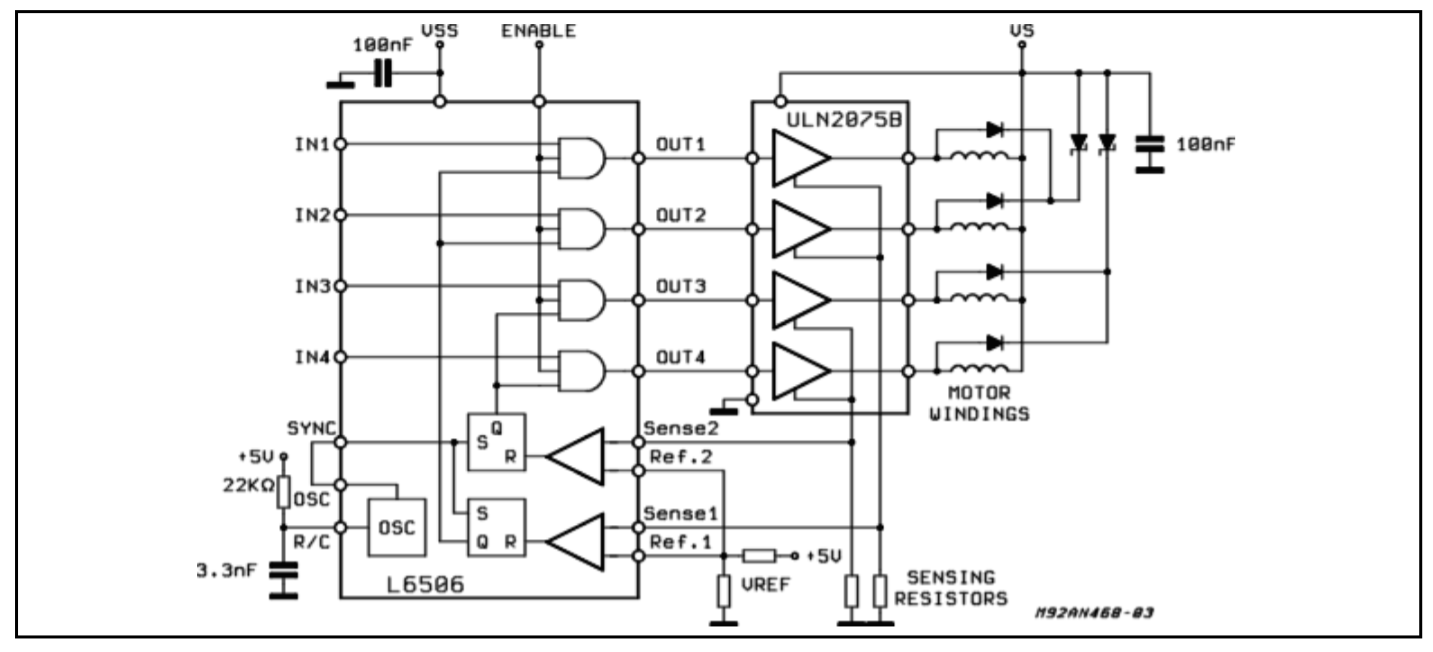I just recently purchased a broken Turbomolecular pump from eBay and repaired it, now that it works again I need to build a low-cost driver for it.
It has 4 Phases and normally relies on hall feedback which is still working.
The pump is supposed to take frequencies up to 800Hz.
Now the actual question: What driving technique would you recommend for this motor? Simply relying on Hall feedback to regulate power and speed by adjusting driving current/voltage?
Driving the motor like a unipolar stepper motor would the easiest way of running the motor.
What is the typical way of driving such a motor at those required speeds?
Update: This is currently the schematic i am most likely going to use.
I am going to use a microcontroller or some other circuitry to monitor the RPM and thus adjust the maximum current delivered to the windings.
I might add an option to use "pulse density modulation" to provide the speed control at a constant current.
https://www.youtube.com/watch?v=0zlupI0UAGo





